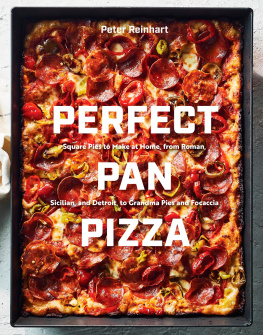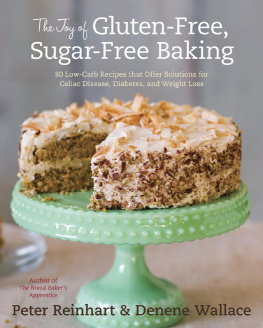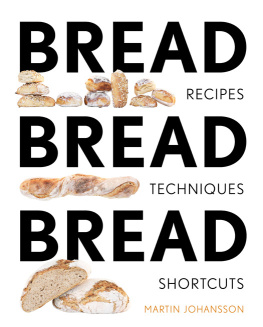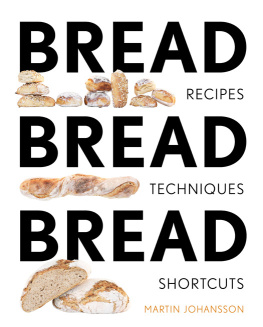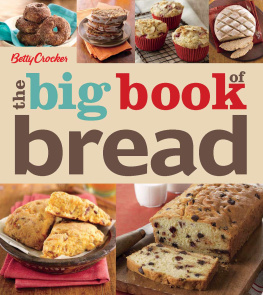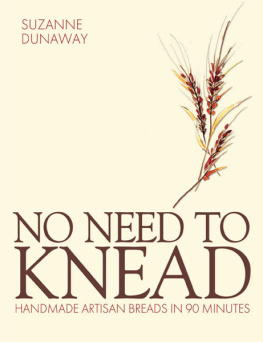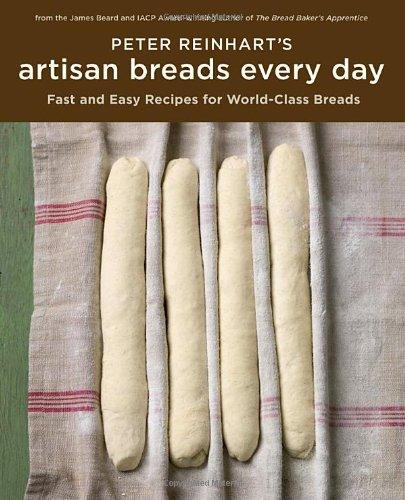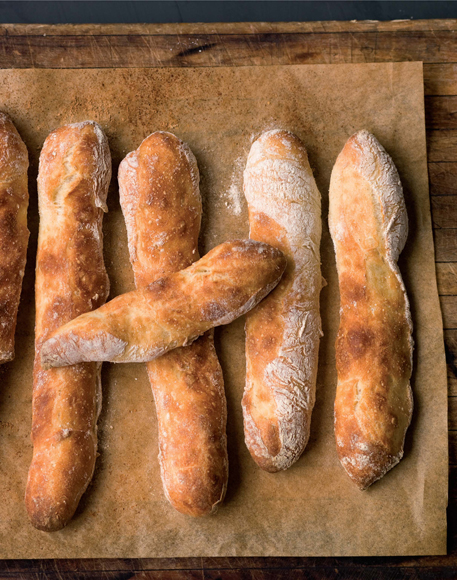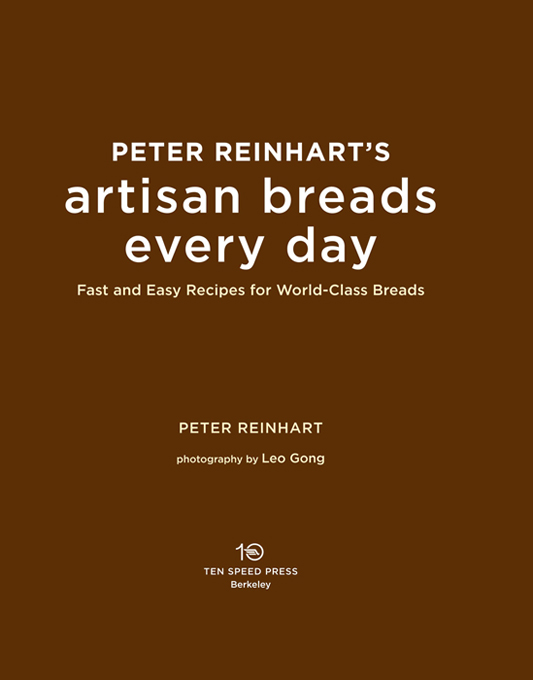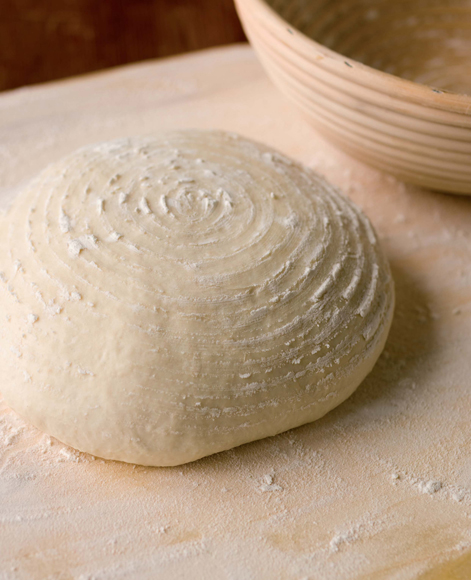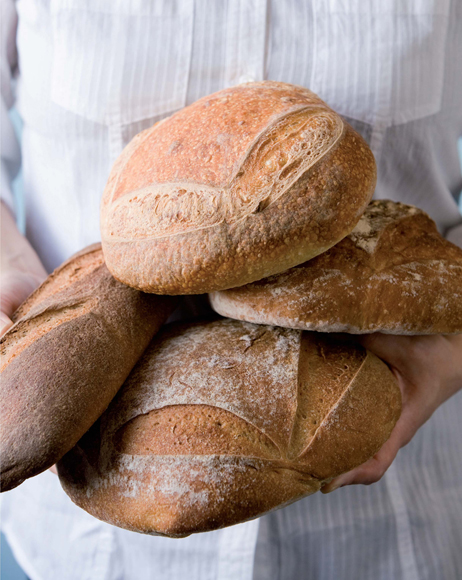Peter Reinhart - Peter Reinharts Artisan Breads Every Day: Fast and Easy Recipes for World-Class Breads
Here you can read online Peter Reinhart - Peter Reinharts Artisan Breads Every Day: Fast and Easy Recipes for World-Class Breads full text of the book (entire story) in english for free. Download pdf and epub, get meaning, cover and reviews about this ebook. year: 2009, publisher: Ten Speed Press, genre: Home and family. Description of the work, (preface) as well as reviews are available. Best literature library LitArk.com created for fans of good reading and offers a wide selection of genres:
Romance novel
Science fiction
Adventure
Detective
Science
History
Home and family
Prose
Art
Politics
Computer
Non-fiction
Religion
Business
Children
Humor
Choose a favorite category and find really read worthwhile books. Enjoy immersion in the world of imagination, feel the emotions of the characters or learn something new for yourself, make an fascinating discovery.

- Book:Peter Reinharts Artisan Breads Every Day: Fast and Easy Recipes for World-Class Breads
- Author:
- Publisher:Ten Speed Press
- Genre:
- Year:2009
- Rating:4 / 5
- Favourites:Add to favourites
- Your mark:
Peter Reinharts Artisan Breads Every Day: Fast and Easy Recipes for World-Class Breads: summary, description and annotation
We offer to read an annotation, description, summary or preface (depends on what the author of the book "Peter Reinharts Artisan Breads Every Day: Fast and Easy Recipes for World-Class Breads" wrote himself). If you haven't found the necessary information about the book — write in the comments, we will try to find it.
With no-knead bread recipes all the rage now, expert baker Reinhart (_Whole Grain Breads_) has come back with a process that is slightly more involved but much more productive than the limited classic no-knead method, yielding all manner of sweet, savory and sandwich breads. He introduces a stretch and fold technique that, combined with a slow rise and without the lengthy prefermentation that his and other artisan bakers recipes usually require, means more freedom and less active work time, but still a very flavorful product. To make French baguettes, for example, only one brief knead is required; then, after an overnight or multiday rise, the dough is ready for shapingmuch better than being shackled to the kitchen for an entire morning for multiple rises, as is usually the case in baguette making. Other great breads, such as focaccia, soft cheese bread and even panettone, get similar preparation makeovers. Reinhart occasionally calls for a starter, but his carefully constructed, nonintimidating mother starter method should encourage the wary. For bakers who have come to bread through the no-knead route, Reinharts thorough, detailed recipes offer a perfect way to expand their repertoire without getting their hands too sticky or giving up too much of their time, while those who are already fans will appreciate having a little more room in their schedule while still producing terrific breads. (Nov.)
Copyright Reed Business Information, a division of Reed Elsevier Inc. All rights reserved.
Peter Reinhart is the Leonardo da Vinci of bread; his recipes are foolproof, his research exhaustive and yet a delight to read and follow, and his hunger for knowledge and technique is boundless and infinite. He is without a doubt the definitive source of true style and information when it comes to all things baked and delicious, and my go-to guy for all things leavened and sandwichable
--Mario Batali, author of Molto Italiano
Ive been using Peters overnight pizza dough technique religiously for years--mix, knead, chill overnight, shape, bake. So simple, and minimal planning is required. In this book, many of the recipes use a similar approachno poolish or pre-fermenting. From pain au levain and pretzels to panettone and pizza dough, all the greatest hits and every day favorites are covered.
--Heidi Swanson, author of Super Natural Cooking
Peter Reinharts thoughtful, steadying presence combined with his matchless teaching skills and down-to-earth approach make reading and using Artisan Breads Every Day a great pleasure. His information demystifying the preparation and use of sourdough starters is both much needed and superb.
--Nancy Baggett, author of Kneadlessly Simple: Fabulous, Fuss-Free, No-Knead Breads
For most cooks, artisan bread baking is close to metaphysics. And each succeeding book about it only tends to deepen the mysteries and make trying it even more unlikely. Peter Reinharts Artisan Breads Every Day is one of the first books of its kind that actually made me want to stop reading and start baking.
--Russ Parsons, author of How to Peel a Peach
Peter Reinhart: author's other books
Who wrote Peter Reinharts Artisan Breads Every Day: Fast and Easy Recipes for World-Class Breads? Find out the surname, the name of the author of the book and a list of all author's works by series.

